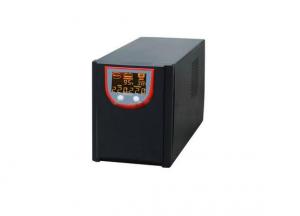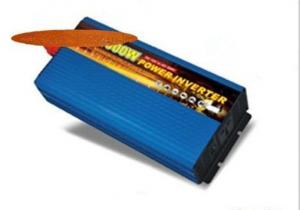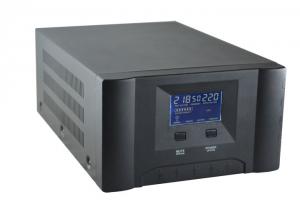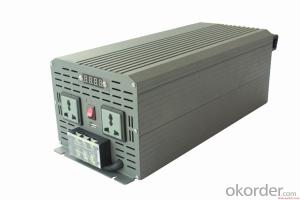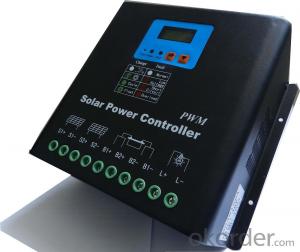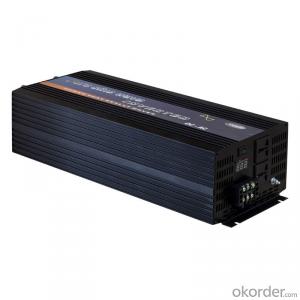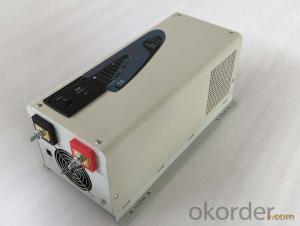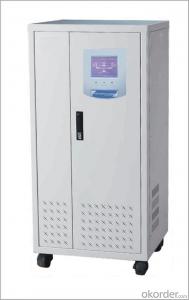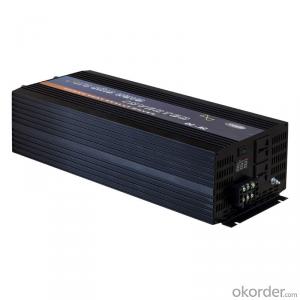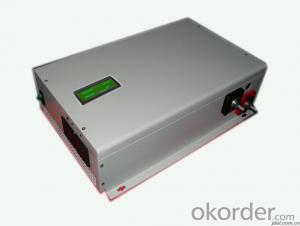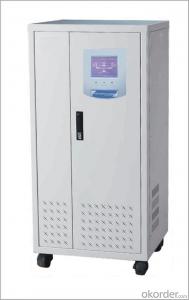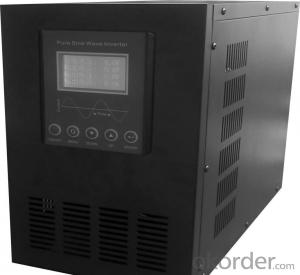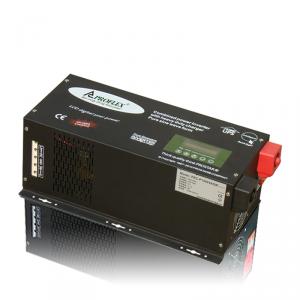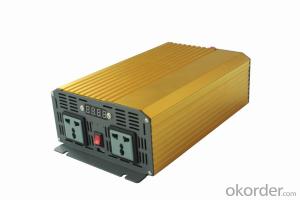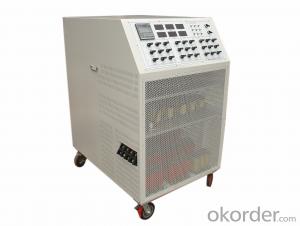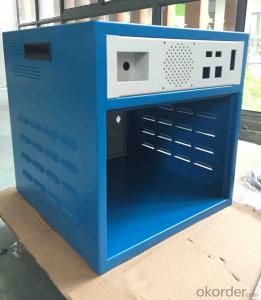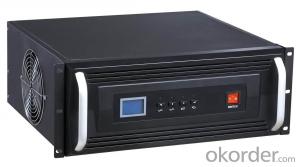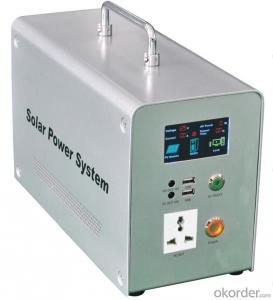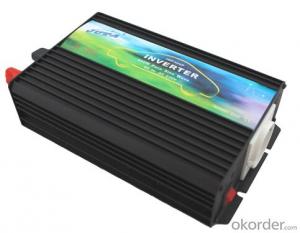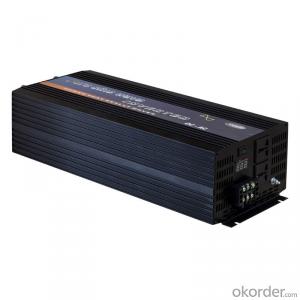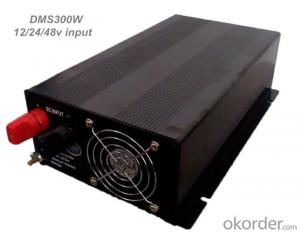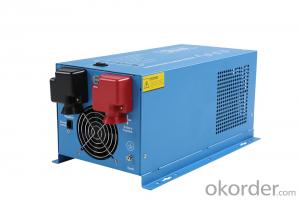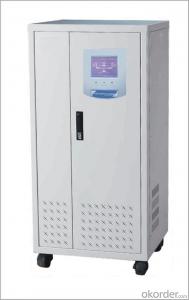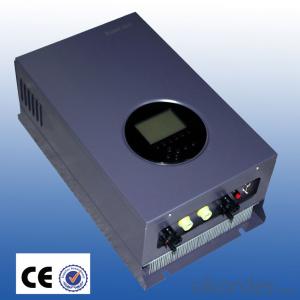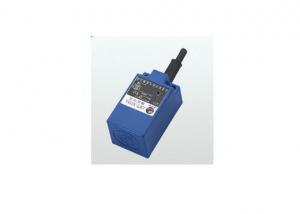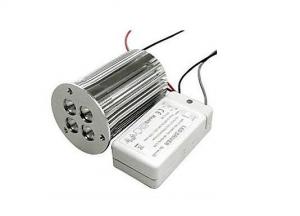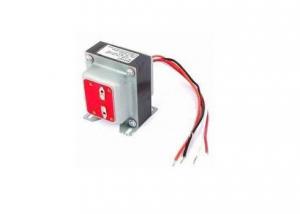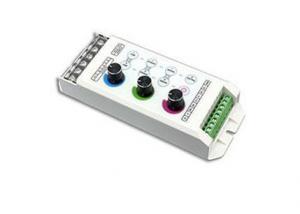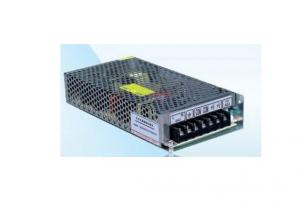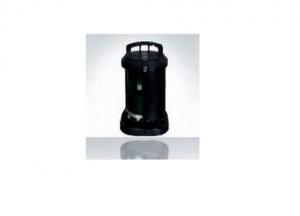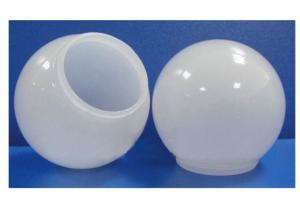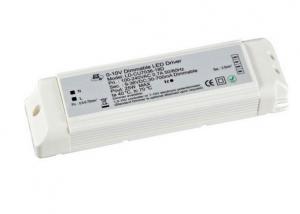Pure Sine Wave Solar Inverter
Pure Sine Wave Solar Inverter Related Searches
Pure Sine Solar Inverter Pure Power Solar Inverter Sine Wave Solar Inverter Solar Inverter Sine Wave Sine Wave Solar Inverter Price Magna Sine Solar Inverter Sunny Solar Inverter Portable Solar Inverter Easy Solar Inverter Sunshine Solar Inverter Smart Solar Inverter Sun Solar Inverter Smart Inverter Solar Smart Solar Power Inverter Solar City Inverter Solar Single Phase Inverter Portable Solar Power Inverter Srne Solar Inverter Solar Solar Inverter Inspire Solar Inverter Solar Smart Inverter Solar Inverter Single Phase Solar Energy Inverter Single Phase Solar Inverter Solar Wifi Inverter Easy Power Solar Inverter Solar Edge Hd Wave Inverter Power Solar Inverter Solar Edge Inverter Pro Solar InverterPure Sine Wave Solar Inverter Supplier & Manufacturer from China
Pure Sine Wave Solar Inverters are advanced power conversion devices that transform the direct current (DC) generated by solar panels into alternating current (AC), which can be used by various electrical appliances and devices. These inverters play a crucial role in the solar energy system, ensuring that the energy harnessed from the sun is efficiently utilized and compatible with standard electrical systems.The Pure Sine Wave Solar Inverter is widely used in various applications, including residential, commercial, and industrial settings. It is particularly beneficial in off-grid and grid-tied solar power systems, where it helps to store and distribute solar energy effectively. Moreover, these inverters are also used in recreational vehicles, boats, and other mobile applications that require a reliable and clean source of power. The versatility and efficiency of Pure Sine Wave Solar Inverters make them an essential component in the growing renewable energy market.
Okorder.com is a reputable wholesale supplier of Pure Sine Wave Solar Inverters, offering a vast inventory of high-quality products to cater to the diverse needs of customers worldwide. The company is committed to providing reliable and cost-effective solutions for solar power applications, ensuring that customers have access to the latest technology and best-in-class inverters. With a strong focus on customer satisfaction and continuous innovation, Okorder.com has established itself as a trusted source for Pure Sine Wave Solar Inverters and other renewable energy products.
Hot Products
